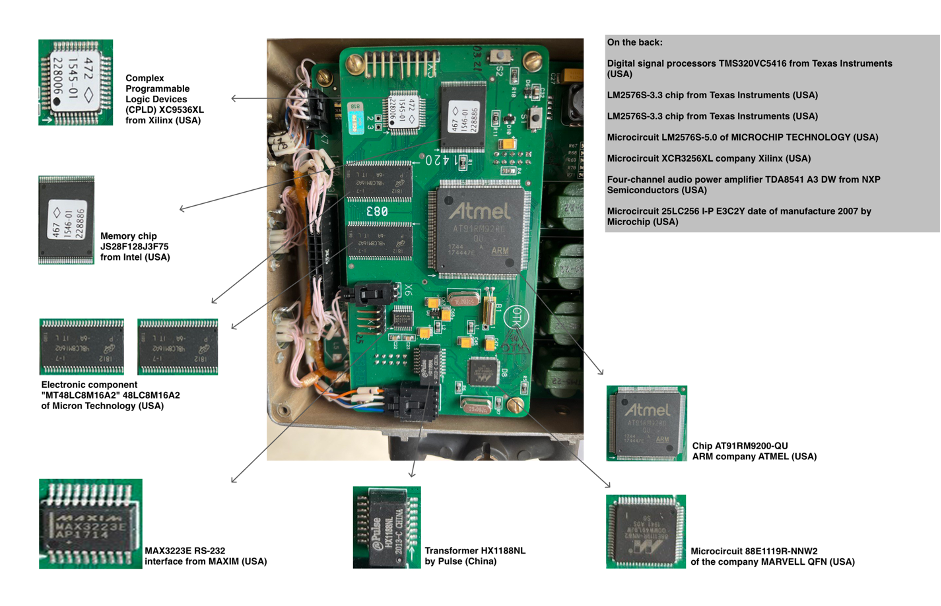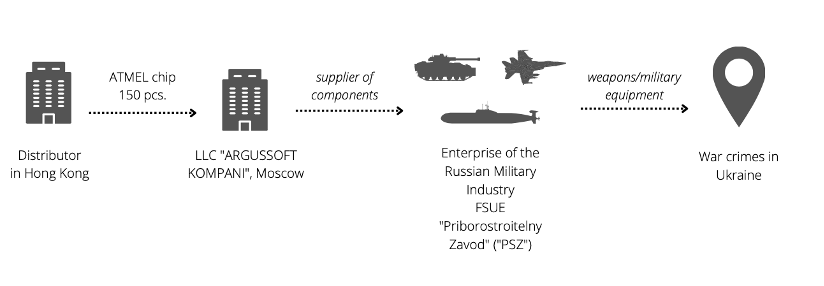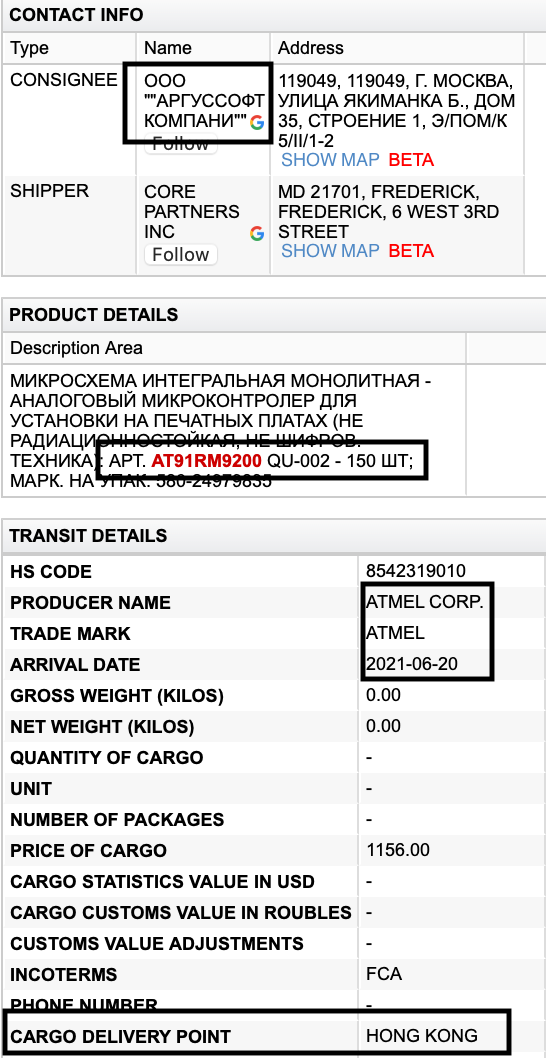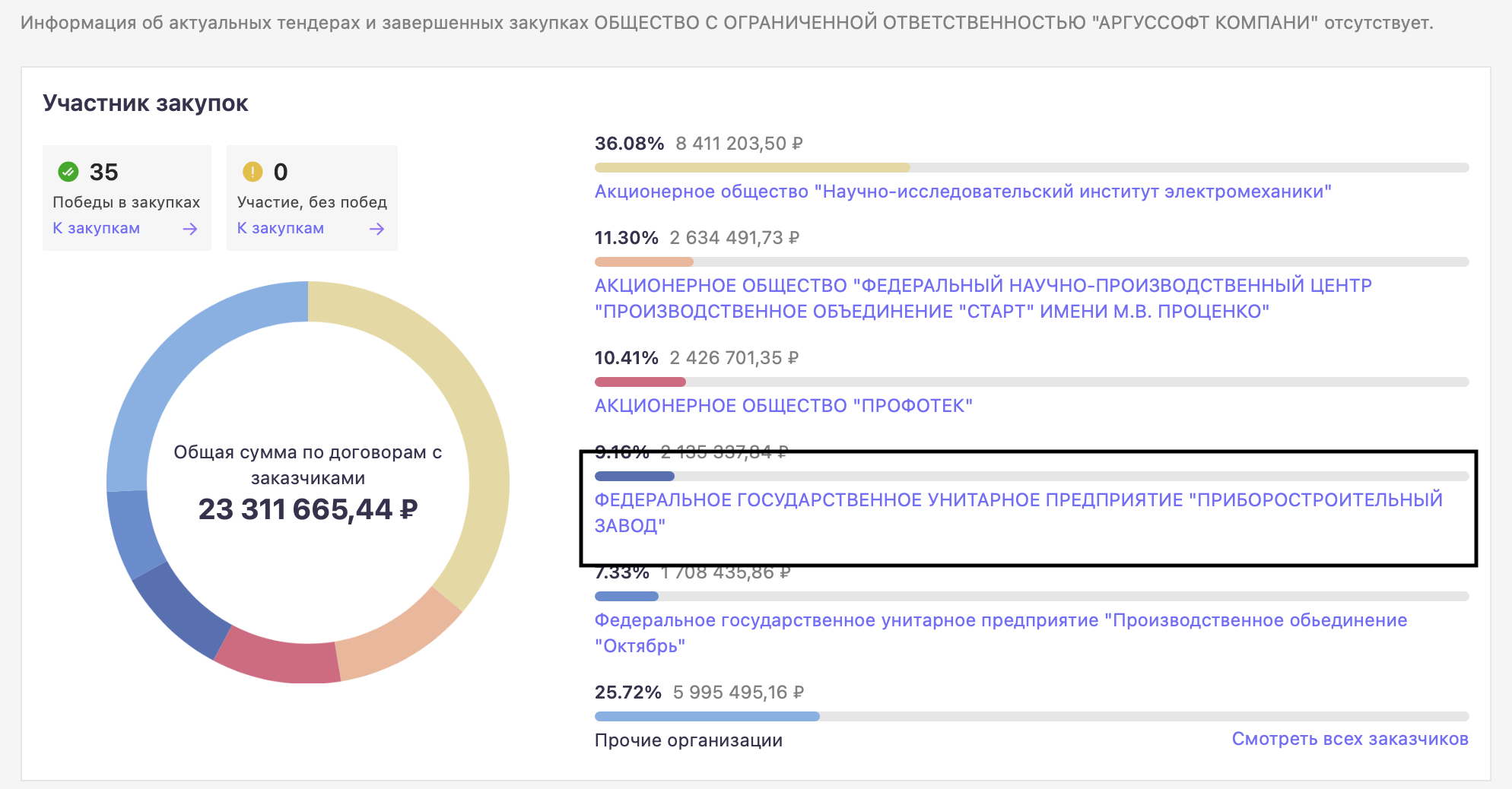A Russian T-72 tank contains tons of foreign microchips that entered the country via Hong Kong despite sanctions. “Chip sanctions” for manufacturers are urgently needed to hit Russia’s war production.

Russia is completely dependent on foreign microchips
The circuit board of the T-72 tank contains 14 components: 13 American and 1 Chinese. Not a single element of Russian origin. How is it that Russia spent millions of dollars developing its own microchips, yet Russian equipment incorporates components from its "sworn enemy," the United States? The answer to this question is simple: the sheer lack of a domestic alternative. Russia has no capacity for microelectronics manufacturing. As a result, the country gambles on dependability and quality.Russia uses foreign components in its military hardware, despite the fact that these components are from "unfriendly" countries and could be banned at any time.
Some 450 foreign-made microelectronic components identified in Russian weapons recovered in Ukraine – RUSIThe world’s largest semiconductor chip manufacturers, including Intel, have ceased all sales in Russia, including chips. However, Russia has approved gray imports and sees this as an effective measure for mitigating the repercussions of supply disruption. Furthermore, Russia alleges that domestic information security system developers are causing supply disruptions by employing hardware components manufactured by foreign companies including Intel, AMD, NXP, and Texas Instruments. At the same time, they openly acknowledge that the supply of these components is carried out exclusively through alternative channels, namely gray import. The aggressor state intends to launch its own Russian microchips manufacturing plant by 2030 in response to sanctions. In fact, Rogozin bragged in 2012 about Russia being technologically self-sufficient.
Will Russia be able to manufacture chips locally? It is highly doubtful.
31 ways Russia evaded sanctions, boosting its war machine
Russia’s regulatory circumvention scheme
The issue arises solely during bulk purchases when numerous chips are required. Here, Russia employs an established system of "supply chains" that was initiated during Soviet times. The Russians acquire chips in vast quantities via Hong Kong, the global "hub" of microelectronics, and local distributor companies.

importgenius.com (this is a paid-for service)

The Volodin Instrument-Making Plant is one of the leading enterprises of Rosatom located in the city Trekhgorny; its main activity is the production of nuclear ammunition. Implementing orders for state defense is one of the main activities of the plant.
Thus, Russian defense plants work with a Russian company that sources its microelectronics from a Hong Kong distributor.
Tackling Russian scheme to evade microchips sanctions
As things stand, however, tackling Russia's regulations evasion scheme is riddled with challenges. Sanctions are meaningless without effective mechanisms for controlling the equipment.The only effective method is to exert control at the level of chip manufacturing companies, of which there are not many in the world.
Iranian Shahed-131 drones have US-made componentsTo reiterate, Russian microelectronics are in extremely short supply, so they will attempt to import chips by any means possible. If companies do not want their products to be used in Russian equipment, they are obligated to review and strengthen export controls alongside governments, specifically through manufacturers and distributors. Thus, it will prevent the re-export of the components to Russia by third parties. If Western countries and companies alter export control rules and dismantle Russia’s chip procurement networks, the military-industrial complex of Russia could be significantly weakened. Thus, we will advance the civilized world’s victory over terrorism.
 Anton Mykytiuk is a member of the National Anti-Corruption Bureau of Ukraine Civil Oversight Council and an expert at the Economic Security Council of Ukraine.
Anton Mykytiuk is a member of the National Anti-Corruption Bureau of Ukraine Civil Oversight Council and an expert at the Economic Security Council of Ukraine.
Related:
- Some 450 foreign-made microelectronic components identified in Russian weapons recovered in Ukraine – RUSI
- 31 ways Russia evaded sanctions, boosting its war machine
- Russia’s milk sector was crippled by sanctions. Then British packaging company Mondi came to the rescue
- 10 tricks Russia uses to evade sanctions
- How to make sanctions really painful for Russia, immediately
- How Germany’s industrial giants help Russia manufacture weapons of war
- CEOs of Russia’s largest military concern are still sanction-free
- Iranian Shahed-131 drones have US-made components

